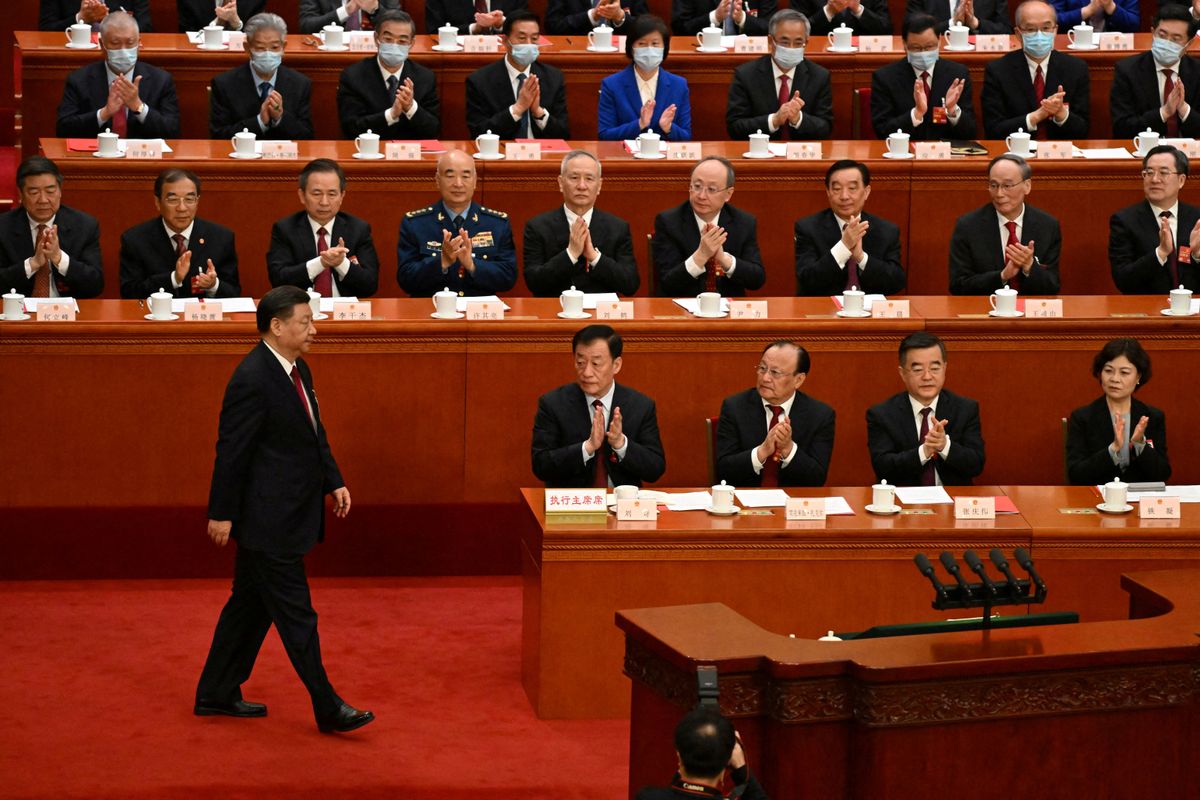President Xi's plan to transform China's education landscape
In 2021, China's education sector went through some major shake-ups.

A few minutes every morning is all you need.
Stay up to date on the world's Headlines and Human Stories. It's fun, it's factual, it's fluff-free.
The backstory: In 2021, China's education sector went through some major shake-ups. For example, the government dropped a bombshell by banning for-profit online tutoring in subjects like math, science and languages. This news came out of the blue and caused quite a frenzy in the industry. But why? Well, the government's got a plan to ease the pressure on students and parents, tackle educational inequalities and lighten the financial burden on families. It's all about making the education system fairer for everyone as well as reducing the costs of raising children, which may help boost the country’s falling birth rate.
More recently: Now, let's talk about foreign students in China. Thanks to COVID, things got a bit bumpy. The border was closed, so the number of international students took a hit since they couldn’t come into the country. In 2018, China hosted a whopping 492,185 international students. But in the following years, the numbers dropped slightly to 333,072 in 2019 and even further to 255,720 in 2021.
On top of that, new data just came out last month about the job situation in China. So, the urban unemployment rate for young adults between 16 and 24 years old hit a huge 20.4% in April. That's like four times higher than the overall unemployment rate.
According to the official data, there are about 96 million urban youths estimated in March, but most of them were in school. For the 32 million that are part of the work force, a massive 6 million are currently without a job. To give you some perspective, that's 3 million more unemployed young adults compared to before the COVID pandemic struck, according to Goldman Sachs.
Now, a lot of this stems from the fact that a ton of students are graduating and there just aren’t enough jobs in the fields they studied to meet the surge of workers entering the labor market. And with even more graduates coming into the workplace, there are expected to be shortages of workers in some industries and way too many in others.
The development: President Xi Jinping has just announced a major plan to revamp China's education system and make it a global powerhouse. He wants to create top-notch universities that offer cutting-edge scientific courses tailored to meet the country's needs and attract more international students. And guess what? The nation hopes to attract more international students to solidify its influence in global education.
Xi also stressed the importance of science and engineering training, so they can nurture talented innovators and make groundbreaking advancements in core technologies. He also highlighted the need for reforms in university subjects to address those talent shortages across various industries. The idea is to build a “Study in China” brand that makes the country’s education sector more competitive globally.
Key comments:
The government will “actively push for the building of the ‘Study in China’ brand, present compelling China stories, spread Chinese experience, and make China’s voice heard, to strengthen the international influence and power of the country’s education,” state news agency Xinhua quoted Xi as saying.
“This college bubble is finally bursting,” said Yao Lu, a professor of sociology at Columbia University in New York to CNBC. “The expansion of college education in the late 1990s created this huge influx of college graduates, but there is a misalignment between demand and supply of high skilled workers. The economy hasn’t caught up.”
“[We will] establish a policy system to boost birth rates, and bring down the costs of pregnancy and childbirth, child rearing, and schooling,” said President Xi Jinping last October. “We will pursue a proactive national strategy in response to population aging, develop elderly care programs and services, and provide better services for elderly people who live alone.”
“The declining labor force and aging population is a reality rather than a problem, and there is no easy solution,” said Neo Wang, Evercore ISI’s New York-based managing director for China Research. “It takes 18 years to grow a worker. Focus has to be on lifting productivity. ”




Comments ()